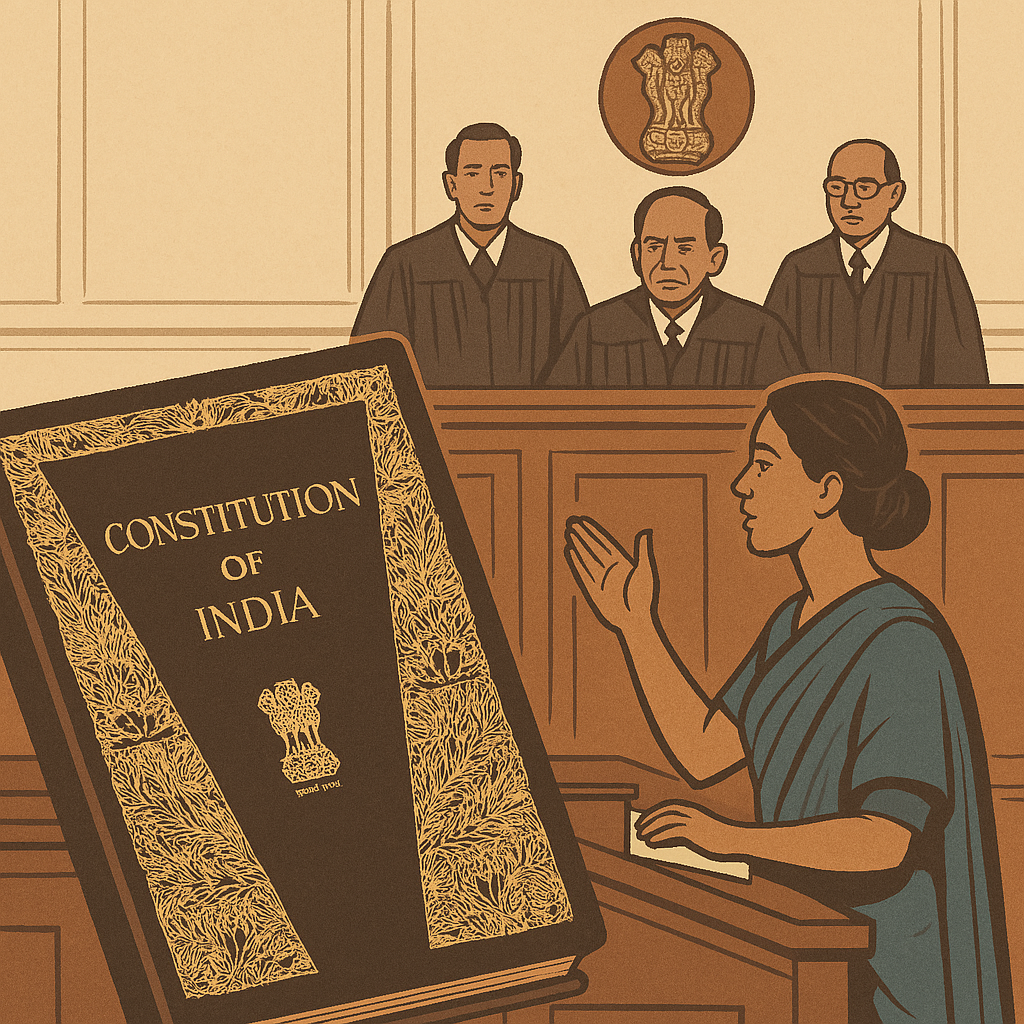⚖️ Landmark Case: Indra Sawhney v. Union of India (1992)
(Mandal Commission Case)
📝 Summary:
The Indra Sawhney case upheld reservations for Other Backward Classes (OBCs) while introducing a 50% ceilingand excluding the creamy layer, redefining the landscape of affirmative action in India.
📚 Background
Following the Mandal Commission’s recommendation, the V.P. Singh government introduced 27% reservations for OBCs in government jobs in 1990. This move led to massive protests, student suicides, and legal challenges.
Petitioners argued that caste-based reservations violated merit and equality, and that such extensive quotas went beyond what the Constitution allowed.
🧑⚖️ Supreme Court Verdict
A 9-judge Constitution Bench delivered a landmark verdict that shaped affirmative action policy in India.
Key rulings:
-
OBC reservations upheld
The Court affirmed that social and educational backwardness is a valid ground for reservations under Article 15(4) and 16(4). -
Introduced the 50% limit
The Court ruled that reservations should not exceed 50% in any case, except in extraordinary situations. -
Creamy layer exclusion
Economically advanced individuals within OBCs were excluded from benefits, to ensure equity within backward classes. -
No reservations in promotions
The judgment ruled that reservations in promotions are unconstitutional, later altered by the 77th Constitutional Amendment.
🧠 Significance
-
Defined the scope and limits of reservations.
-
Balanced social justice with meritocracy.
-
Continues to influence debates on reservation expansion to new groups.
🧩 Conclusion
The Indra Sawhney verdict remains one of the most consequential rulings on social justice, affirmative action, and caste dynamics in India. It reaffirmed the need to correct historical injustices—but within a framework of fairness and balance.

